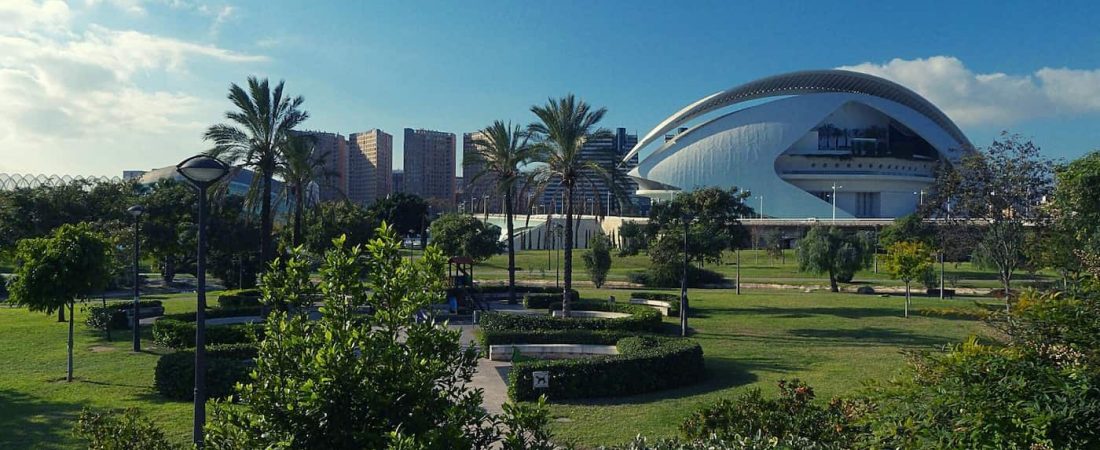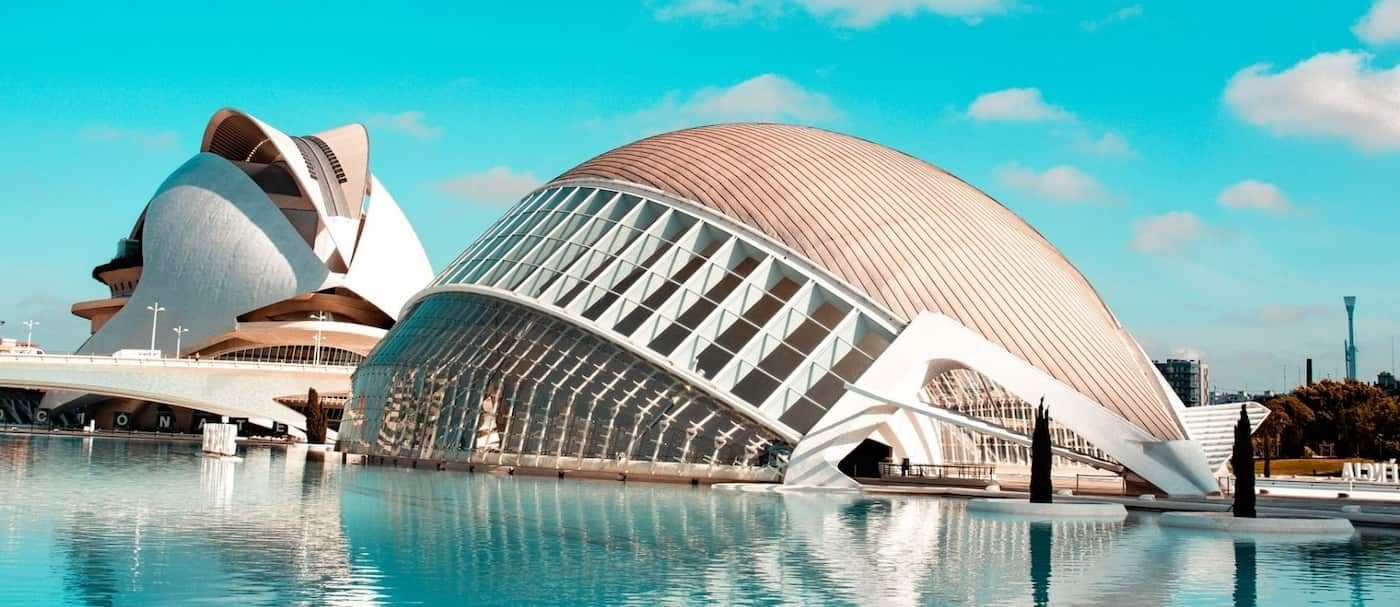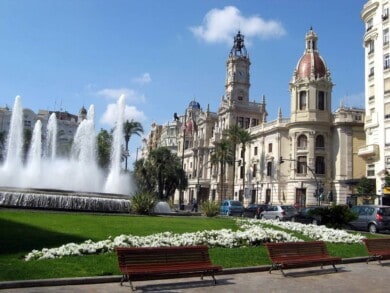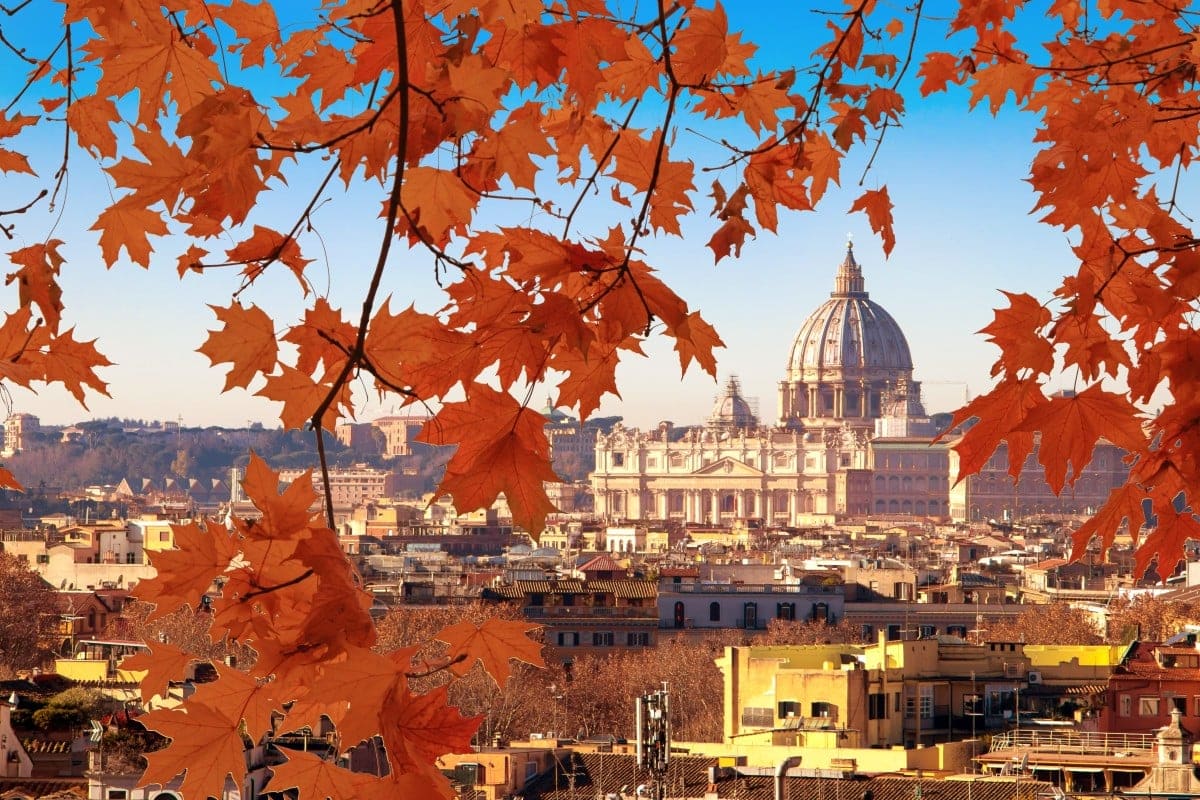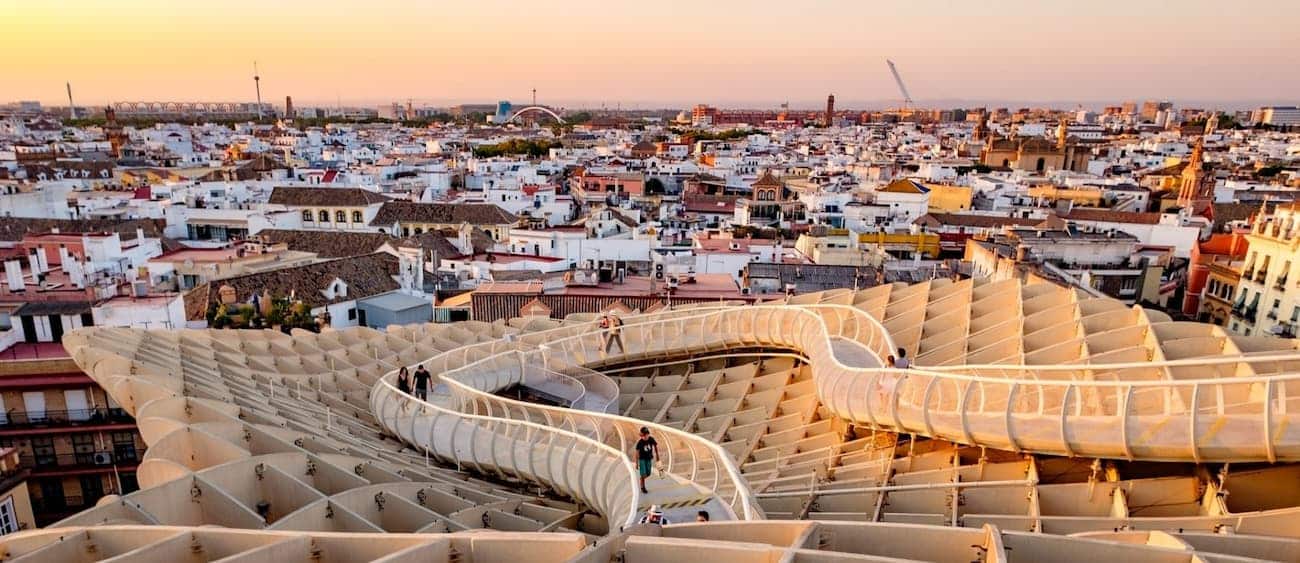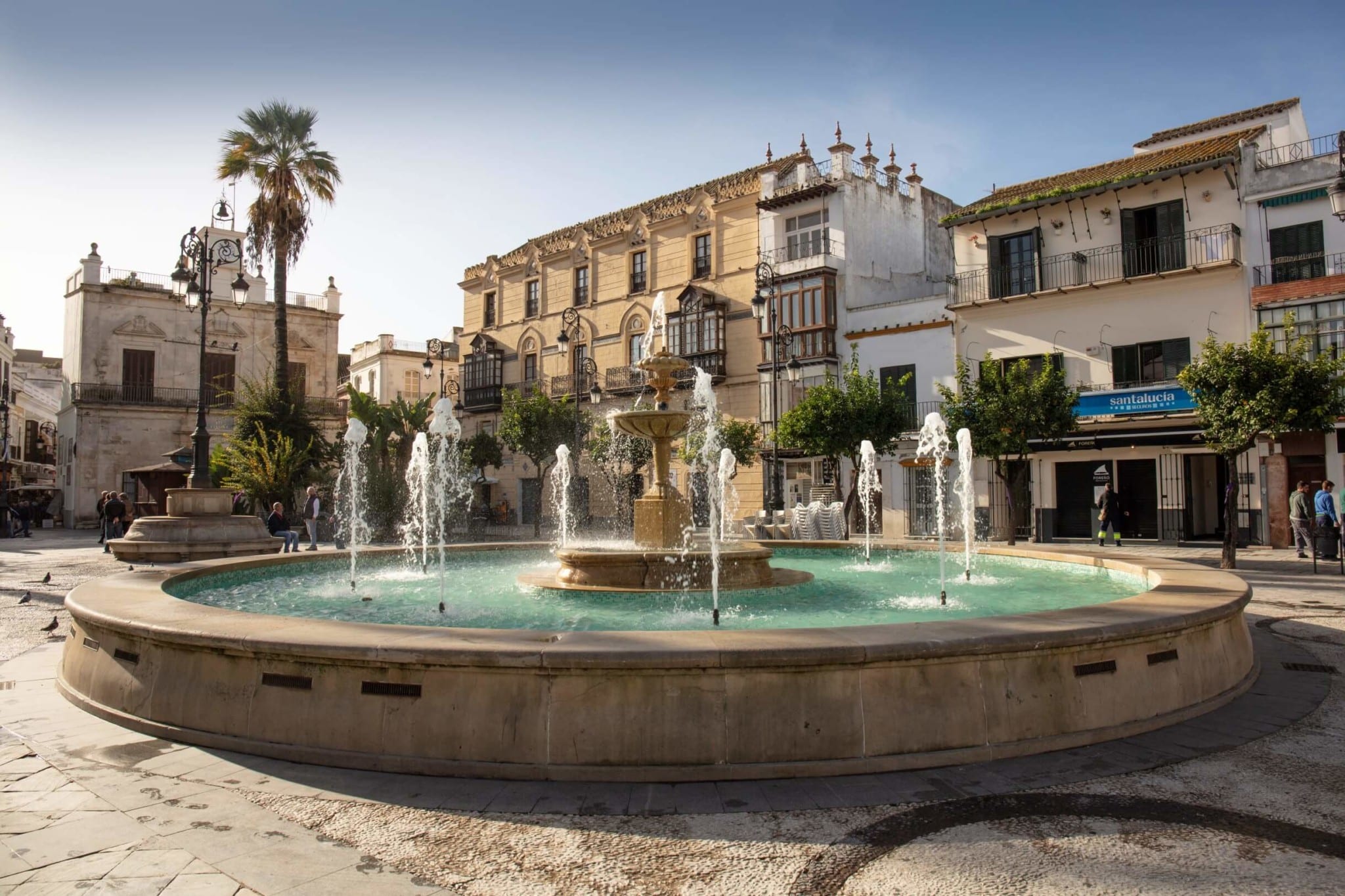If we talk about the city of Valencia for the country in general. This is because this urban garden is the largest in all of Spain. As is well. In any case, if that detail is not enough to tempt you to visit it, there are many more things that make it a unique and unmissable space.
It is located in the capital of the Valencian Community and is one of the favorite places to do different types of activities, from sports to recreational activities to spend a good time with your loved ones. It has a length of almost 10 kilometers, 18 bridges and many more things that we will tell you below so you know everything you need about this incredible urban park.
At first this sector was going to be destined to the construction of highways and other traffic routes, but finally and at the request of the citizens it was decided to build this urban park in its place as a space for leisure and enjoying nature that today is usually visited by more than three million people per year.
What is the Turia Garden?
The Turia garden is, as we told you before, the largest urban park in all of Spain. It was inaugurated in 1986 and designed by the Catalan Ricardo Bofill. It should be taken into account that this is the year in which the first section was inaugurated, but it is not finished yet, but two more sections remain to be completed.
From the moment of its inauguration it has been of great importance to the city, in fact it is often defined as the green lung of Valencia. And although Bofill was in charge of the general design, there were several urban planners and landscapers who were in charge of designing the different sections.
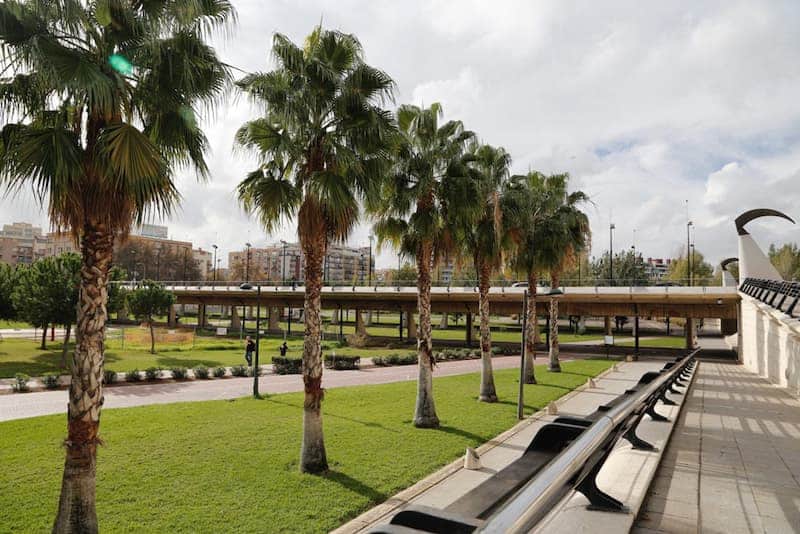
Its name is due to the fact that it is built on what used to be the Turia riverbed. It was diverted after October 14, 1957, when the river had a large flood that ended up flooding a large part of the city. At that time it was decided to divert it to the south of Valencia and there, almost thirty years later, this urban garden was inaugurated.
The Turia Garden surrounds the historic center of the city and reproduces, through different landscapes, the old river landscape that the region used to have. The route, from the Cabecera Park to the City of Arts and Sciences is accompanied by palm trees, orange trees, pines, fountains, aromatic plants and, of course, sports or walking tracks.
What’s in the Turia Garden?
El Jardín del Turia has different spaces and sections to enjoy. Either within the garden itself or on the adjoining grounds, you can find cultural institutions or specific sectors dedicated to physical activity.
Some of these places are Gulliver Park, the Palau de la Música, the City of Arts and Sciences, which by the way is one of the most impressive places in Valencia, and the 18 bridges that they divide this incredible urban garden into sections. Each of these sections has its own characteristics that arise from the activities that can be carried out there. For example, in the former there are cyclo-cross and bicycle circuits, and spaces such as an athletics track, soccer, rugby and baseball fields and even a skating rink, while the latter is for more conventional and leisure activities.
Below we detail each of these spaces and we tell you everything you need to know.
Gulliver Park
This park that is located within the Turia Garden owes its name to a large sculpture by Gulliver, which is about 70 meters long and which can be accessed using stairs, ramps and slides. The scene it represents is that of the moment when the character arrives in a country called Lilliput and is tied up by the Lilliputian citizens.
The sculpture was made to scale so that the people who visit this park, in comparison, appear as tiny as the inhabitants of Gulliver’s story, written by Jonathan Swif t. It is located in the center of a circle that has about 15,000 square meters.
Gulliver Park has an area of greater than 60,000 square meters and has a large number of children’s games, as well as mini-golf and skateboard tracks, two giant chess sets and a bar. Of course, the main attraction is the sculpture and that is why the site bears his name.
The creation of this park located in the Jardin del Turia was in charge of the architect Rafael Rivera and the Fallas artist Manolo Martin, with a design by Sento Llobell.
Schedules
The park hours depend on the epic of the year. In the months of April, May, June and September it is open from 10 am to 8 pm; in July and August it is open from 10 a.m. to 1:30 p.m. and from 5:30 p.m. to 9 p.m. and from October to March it can be accessed from 10 am to 5:30 pm.
Entrance to the park is completely free.
Cabecera Park
This park receives this name because it is located at the head of what used to be the Turia riverbed at its entrance to Valencia. In addition, what it does is recreate what was the original landscape of the river, where the main focus is on the water, and connects the natural part with the artificial part of the garden.
This part of the Turia Garden was created between 2002 and 2004, and its design was in charge of the architect Arancha Muñoz and the architects Eduardo de Miguel Arbonés and Vicente Corell Farinós.
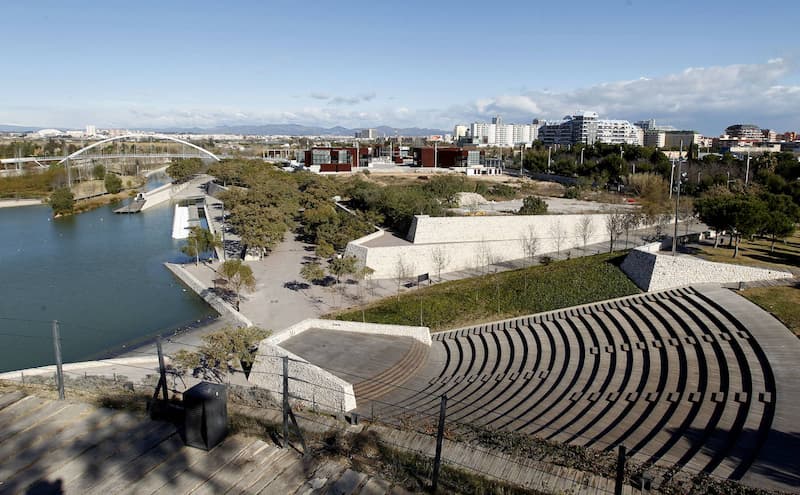
The main attraction of the park is a lake, which has a bar and a jetty that allows you to take rides in small boats with paddles and pedals. In addition, it also has a “lookout mountain ” of fifteen meters high, from where you can get a panoramic view of the Cabecera Park, as well as the Sierra Calderona Natural Park, and has its own outdoor auditorium.
In terms of numbers, this park covers an area of almost 168,000 square meters and has more than 4145 trees, more than 30,000 shrubs and more than 72,000 carpets. Its vegetation is made up of riverside forests, Mediterranean pine forests and exotic trees.
Schedules
Being an open park, this part of the Turia Garden is open 24 hours a day and admission is free.
Palau de la Música
The Palau de la Música de Valencia is located in the Jardin del Turia, in what used to be the riverbed. It was inaugurated in 1987 and its design was in charge of the architect José María García. This site is one of the benchmarks in all of Europe due to the exceptional acoustics of its auditorium.
The institution has two concert halls, one for symphonic music and the other for chamber music; two conference rooms, an exhibition hall, the dressing room area, the press and authorities room, changing rooms, lockers, cloakroom and, of course, a shop.
One of the most emblematic elements of the Palau is the Great Grenzing Organ. It is a very high quality instrument that is seven meters wide, ten meters high, three meters deep and weighs more than 20 tons. In technical terms, it has four manual keyboards, a pedal, mechanical transmission, and 2,869 tubes. In fact, in Spain there are only three like this.
Schedules
The hours of the Palau correspond to the ticket offices, then it will depend on each show. The ticket offices are open from 10 a.m. to 2 p.m. and from 5 p.m. to 9:30 p.m., every day except Monday. The value of the tickets, on the other hand, depends on the show you want to see.
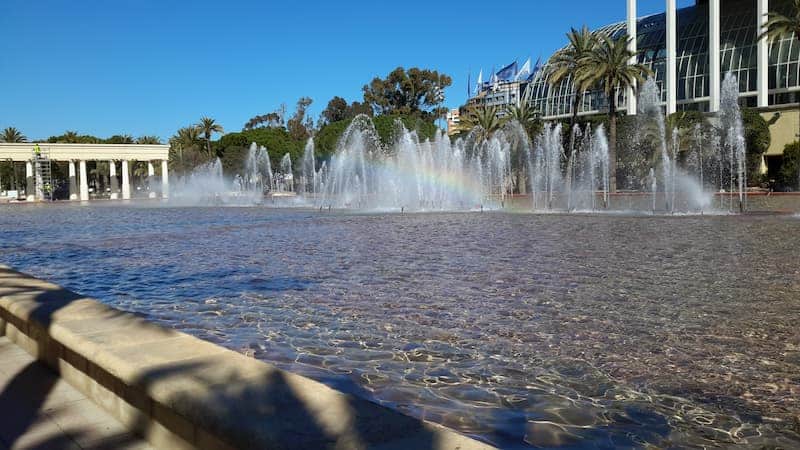
Bioparc
The Bioparc is, as it defines itself, “a new generation zoo”. It is a space in which animals live in natural habitats in social groups, and where they coexist with other species just as they would in nature. It opened in 2008 and replaced what used to be the Valencia Nursery Zoo, founded in 1965 and closed in 2007.
This park, located in the Turia Garden, allows people who visit it to get close to the animals without barriers and experience everything as they could only do in wild nature, in the habitat in which the animals found there they belong. Its purpose is “to provoke a change in behavior that motivates us to live in harmony with the planet.”
It has around 100,000 square meters of surface, inhabited by more than 800 animals of 116 different species from the African continent, and it can take between 3 and 5 hours to travel.
Schedules
The opening hours of the Bioparc are at 10 in the morning and the closing time depends mainly on the sunset. In summer, for example, closing is at 8pm. The value of the tickets varies depending on age, but the cheapest has a cost of 17.50 euros, children under 4 years old enter free.
City of Arts and Sciences
The City of Arts and Sciences, or Ciutat de les Arts i les Ciències, is one of the most impressive places in the city of Valencia and the Garden del Turia too, of course. There you can see a perfect amalgam between architecture, culture and science.
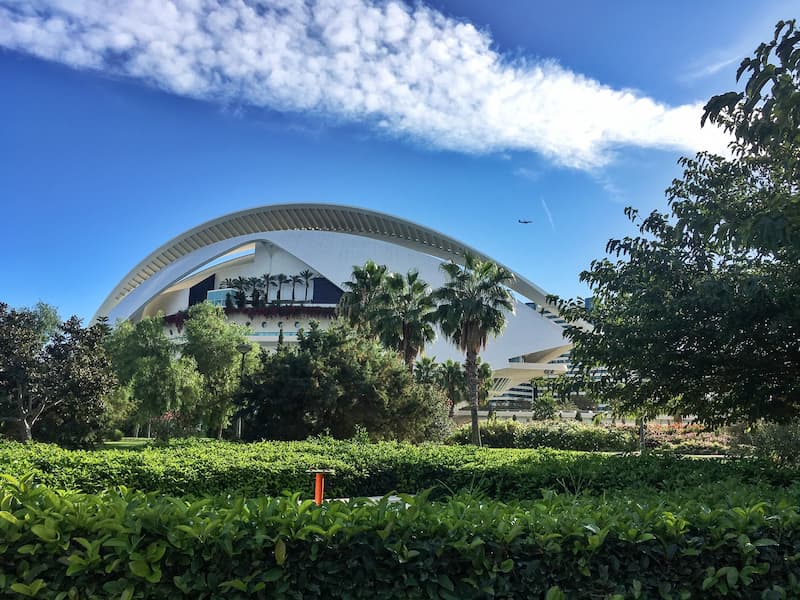
Photo by Maria Bobrova en Unsplash
Its design was in charge of the Valencian architect Santiago Calatrava and it is a space that is made up of different buildings that contribute to generating this balance between different aspects, adding entertainment as a key element. This complex occupies an area of approximately two kilometers and is usually considered “a city within the city”.
These are the six buildings that can be found within the City of Arts and Sciences:
- Palau de les Arts Reina Sofía
- L’Hemisferic
- Umbracle
- Museu de les Ciències Príncipe Felipe
- Oceanogfrafic
- Ágora
Schedules
The complex is open every day of the year and the hours vary depending on the building you want to access. In general terms, they are open from 10 in the morning until 9 at night, but depending on the days or the particular space, the closing time may be earlier. Tickets have a cost ranging from 8 euros onwards.
Bridges
Throughout the entire space occupied by the Turia Garden we can find 18 bridges, which separate its different sections. Some of them are famous for their history and others for their modern designs, created recently. We will mention each of them below.
- October 9, built between 1986 and 1989;
- by Campanar, built between 1932 and 1937;
- by Ademuz, from 1963;
- from the Arts, from between 1993 and 1998;
- de San José, dates from 1607;
- de los Serranos, built in the 16th century;
- of wood, of the year 2012
- of the trinity, it is the oldest in Valencia and was built between 1401 and 1407;
- of the real, dates from 1595;
- from the Exhibition, from the year 1909;
- from the flowers, inaugurated in 2002;
- from the sea, rebuilt in 1589;
- from Aragon, from 1933;
- of the guardian angel, between 1941 and 1948;
- of the kingdom, from 1999 and is the longest in Valencia;
- of shipyards, from 1931
How to get to the Turia Garden Taking into account the length of the Turia Garden, and its different sections, it is possible to get there through different offers of local public transport, whether you prefer to make the trip by bus or metro. Of course, they can also be transferred there by other means, such as a private car, by bicycle or directly on foot, but in case they don’t, here we tell you how to get there. For people traveling in Valencia using Metro, they will be able to get to the Jardín del Turia using lines L3, L5, L7 and L9. On the other hand, those who prefer to use the local bus will be able to enjoy these incredible spaces using any of the following lines: 6, 11, 16, 26, 28, 79, 94, 95.
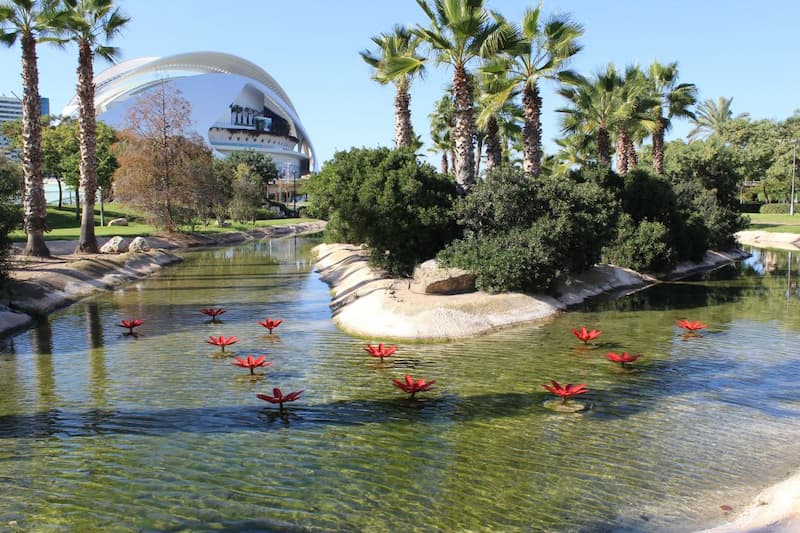
The Turia Garden is incredible from all sides, both for the institutions that are in it and for the activities that can be carried out there and being a green lung within the city, full of sculptures and spaces that make it unique. Undoubtedly a place that you have to know on your next visit to Valencia.
